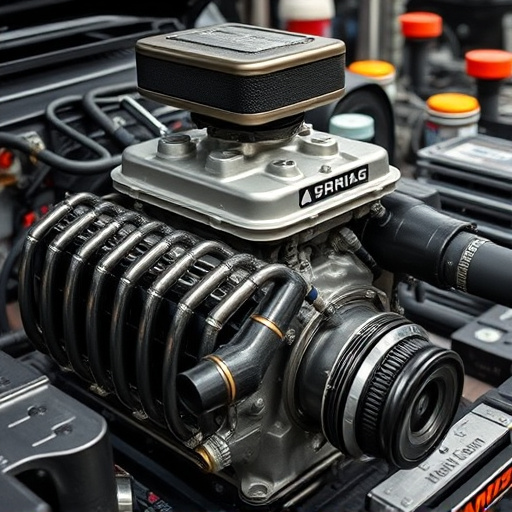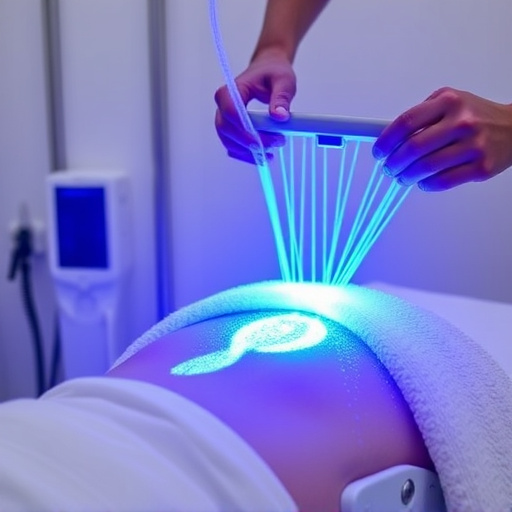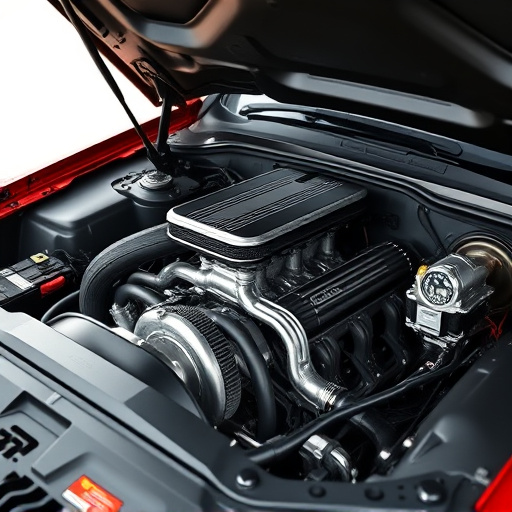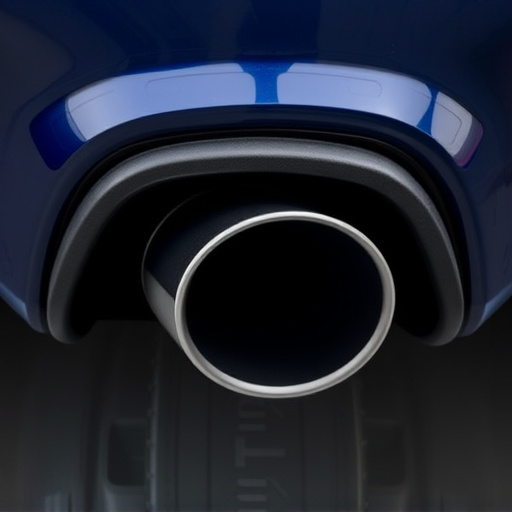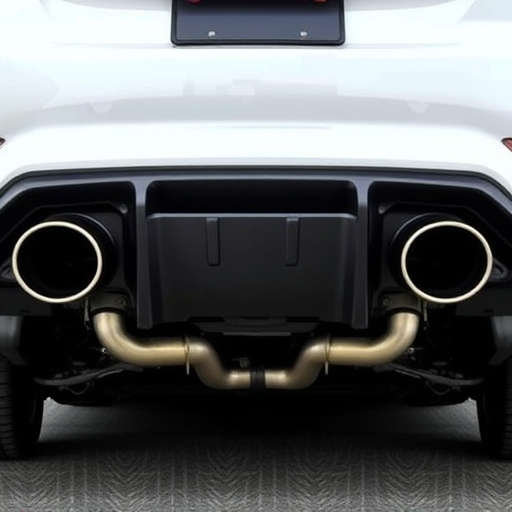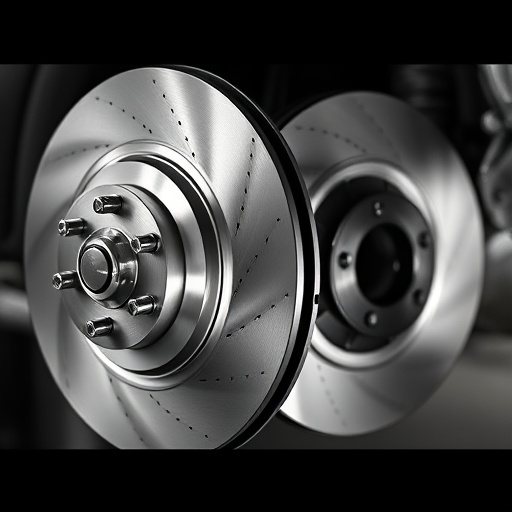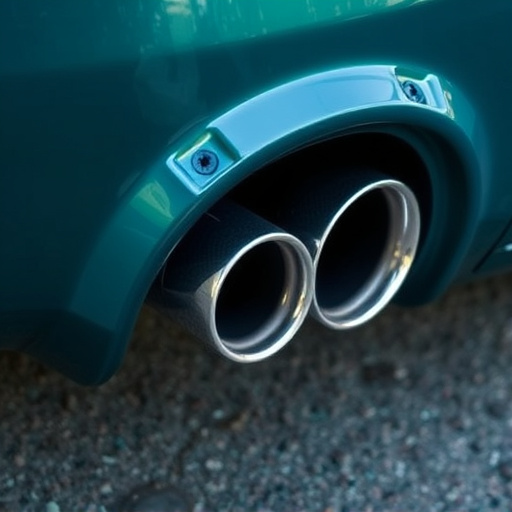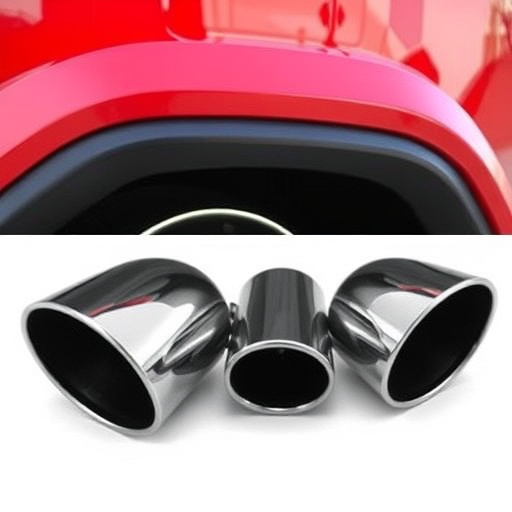A boost controller is a crucial component for turbocharged engines, optimizing air delivery and fuel mixture for improved power output, throttle response, and engine health. It allows customization to driving styles, enhances dynamic performance, maximizes turbo effectiveness, protects engine components, improves fuel efficiency, and reduces emissions, ensuring robust and responsive power delivery.
A boost controller is a vital component in modern turbocharged engines, meticulously regulating pressure for optimal performance. This technology not only enhances power output but also plays a crucial role in maintaining engine and turbo health. By understanding how boost controllers function, you gain insights into improving efficiency, enhancing performance, and ensuring the longevity of your vehicle’s powerful heart. Let’s explore these aspects to unlock the full potential of your turbocharged engine.
- Understanding Boost Controller Functionality
- Impact on Engine Efficiency and Performance
- Maintaining Turbo Health with Correct Control
Understanding Boost Controller Functionality
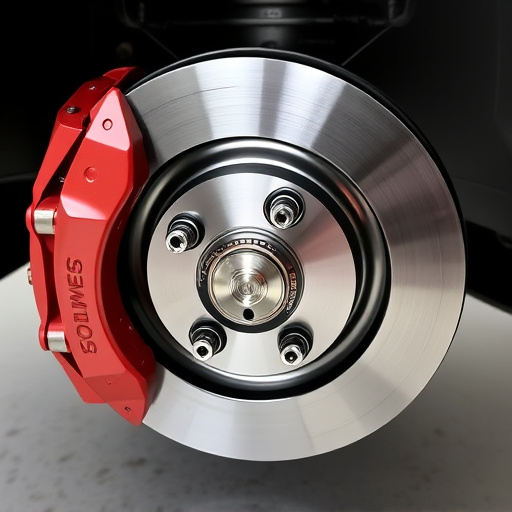
A boost controller is a device that plays a pivotal role in managing and optimizing the amount of compressed air delivered to a turbocharged engine. By regulating boost pressure, it ensures the engine receives the perfect balance of air and fuel for optimal performance. This functionality is particularly crucial in high-performance vehicles equipped with advanced turbocharging systems.
These controllers monitor various sensors within the engine bay, including manifold absolute pressure (MAP) sensors, to accurately gauge air intake. Based on driver input and engine conditions, the boost controller adjusts the turbine’s rotational speed, thereby controlling the amount of boost. This precise control translates into enhanced vehicle performance, allowing for improved throttle response and power output while maintaining optimal engine health. Additionally, it can be tailored for different driving styles and preferences, making it a customizable element in any car enthusiast’s arsenal, especially when paired with high-performance parts like air filter kits.
Impact on Engine Efficiency and Performance
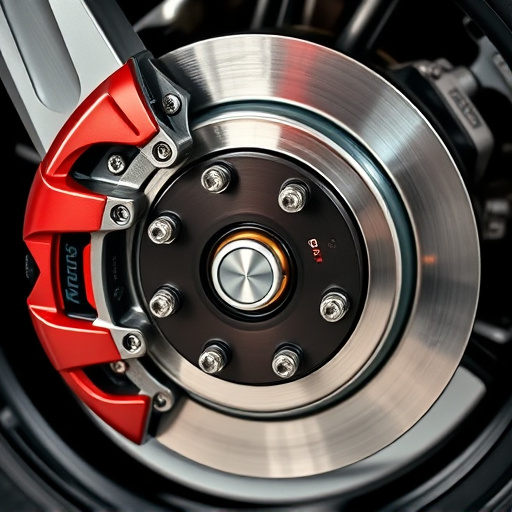
A boost controller plays a pivotal role in enhancing engine efficiency and overall performance, especially in vehicles equipped with turbocharged engines. By precisely managing the amount of compressed air entering the combustion chamber, it ensures optimal fuel burning, resulting in increased power output. This precise control is crucial for maximizing the potential of high-performance parts, such as advanced turbos, without compromising efficiency.
The controller’s ability to fine-tune boost levels allows for a more responsive and dynamic driving experience. It enables drivers to push the engine harder during acceleration while maintaining efficient fuel economy. Furthermore, by optimizing air flow, it can also enhance the effectiveness of exhaust tips designed for performance, contributing to a smoother power delivery and improved vehicle handling.
Maintaining Turbo Health with Correct Control
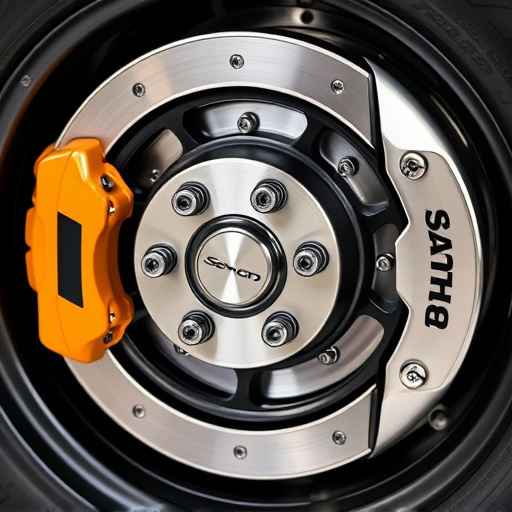
Maintaining optimal turbo health is paramount for maximizing engine performance and longevity. A boost controller plays a pivotal role in this process by precisely regulating the amount of compressed air entering the engine, ensuring the turbocharger operates within its sweet spot. This control is crucial, as over-boosting can lead to excessive wear and tear on turbine blades, potentially causing damage or even failure. Conversely, under-boosting limits the engine’s power potential.
By monitoring and adjusting boost levels in real time, a well-calibrated boost controller helps maintain ideal pressure, protecting both the turbocharger and the exhaust system, including muffler tips and exhaust tips. Additionally, it enhances fuel efficiency by ensuring the engine breathes in cool, dense air through cold air intakes, optimizing combustion and reducing emissions. This balance contributes to a more robust, responsive, and sustainable power delivery.
A boost controller plays a pivotal role in optimizing engine performance and ensuring the longevity of turbochargers. By meticulously regulating boost pressure, these controllers enhance fuel efficiency while unlocking the full potential of turbocharged engines. Through precise control, they maintain optimal turbine speed, prevent excessive strain on internal components, and safeguard against common turbo failures. Adopting a boost controller is not just an upgrade; it’s a strategic move to achieve both peak performance and reliable turbo health.


